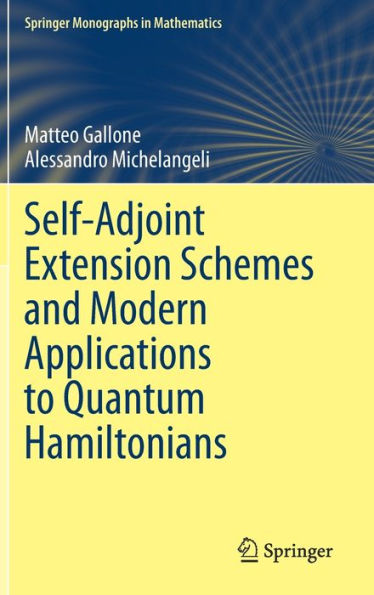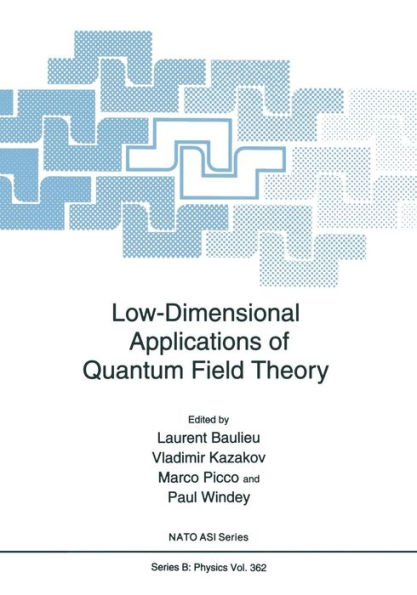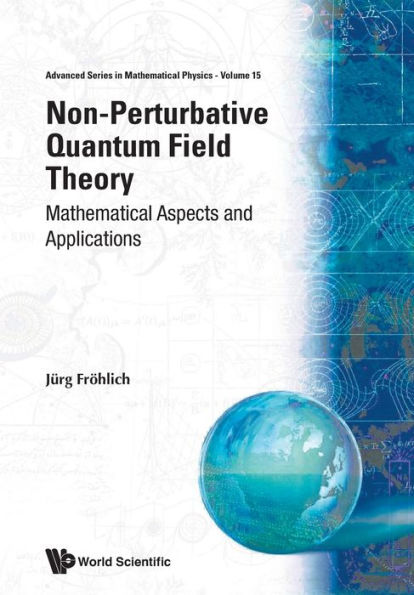Home
Self-Adjoint Extension Schemes and Modern Applications to Quantum Hamiltonians
Loading Inventory...
Barnes and Noble
Self-Adjoint Extension Schemes and Modern Applications to Quantum Hamiltonians
Current price: $159.99


Barnes and Noble
Self-Adjoint Extension Schemes and Modern Applications to Quantum Hamiltonians
Current price: $159.99
Loading Inventory...
Size: Hardcover
*Product Information may vary - to confirm product availability, pricing, and additional information please contact Barnes and Noble
Self-adjointness of operators on Hilbert space representing quantum observables, in particular quantum Hamiltonians, is required to ensure real-valued energy levels, unitary evolution and, more generally, a self-consistent theory. Physical heuristics often produce candidate Hamiltonians that are only symmetric: their extension to suitably larger domains of self-adjointness, when possible, amounts to declaring additional physical states the operator must act on in order to have a consistent physics, and distinct self-adjoint extensions describe different physics.Realising observables self-adjointly is the first fundamental problem of quantum-mechanical modelling.
The discussed applications concern models of topical relevance in modern mathematical physics currently receiving new or renewed interest, in particular from the point of view of classifying self-adjoint realisations of certain Hamiltonians and studying their spectral and scattering properties. The analysis also addresses intermediate technical questions such as characterising the corresponding operator closures and adjoints. Applications include hydrogenoid Hamiltonians, Dirac–Coulomb Hamiltonians, models of geometric quantum confinement and transmission on degenerate Riemannian manifolds of Grushin type, and models of few-body quantum particles with zero-range interaction.
Graduate students and non-expert readers will benefit from a preliminary mathematical chapter collecting all the necessary pre-requisites on symmetric and self-adjoint operators on Hilbert space (including the spectral theorem), and from a further appendix presenting the emergence from physical principles of the requirement of self-adjointness for observables in quantum mechanics.


















